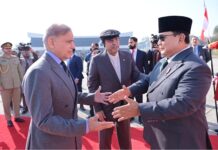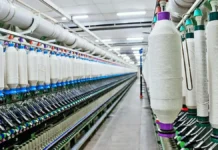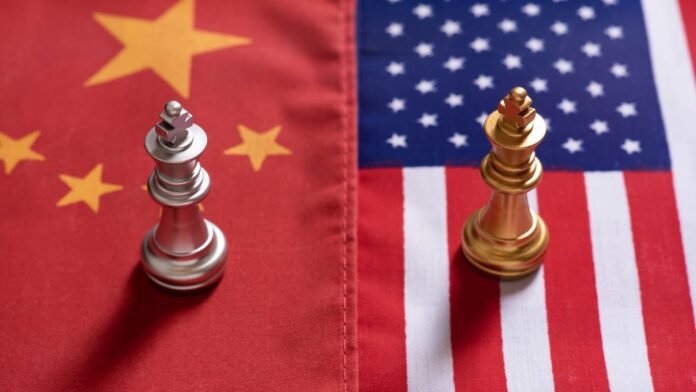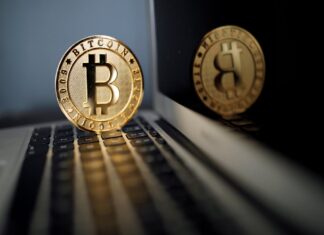In a bid to cushion its economy from the escalating toll of the trade war with the United States, China unveiled a broad package of stimulus measures on Wednesday, including interest rate reductions and a significant liquidity injection.
The announcement precedes a key diplomatic meeting this weekend in Switzerland between U.S. Treasury Secretary Scott Bessent, lead trade negotiator Jamieson Greer, and China’s top economic official, He Lifeng. These talks are seen as a potential first step toward easing months of rising tensions that have rattled global markets and disrupted supply chains.
With economic pressure mounting, Wednesday’s data revealed China’s factory activity contracted at its fastest pace in 16 months during April. The persistent strain from triple-digit tariffs has raised concerns about job losses and worsening deflation, particularly as Chinese exporters lose ground in their largest overseas market.
“The domestic economy must be strong enough before (China) kicks off any protracted trade negotiations,” said Xing Zhaopeng, senior China strategist at ANZ, underscoring the timing of the stimulus rollout.
Markets reacted positively to the news, with major Chinese indices (.CSI300, .SSEC, .HSI) climbing on optimism over both the easing measures and the prospect of renewed trade dialogue.
Citi analysts noted in a briefing that the tariff fallout had begun to visibly impact the economy, and called the new measures “tactical,” potentially providing Beijing more leverage in negotiations. “Timely domestic support could create more leverage for China,” they said.
As part of the measures, the People’s Bank of China (PBOC) announced that from May 8, it will cut the borrowing rate on its seven-day reverse repurchase agreements by 10 basis points to 1.40%. Benchmark rates across the board will follow suit.
In addition, the central bank will lower the reserve requirement ratio (RRR)—the minimum cash banks must hold—by 50 basis points starting May 15, bringing the average to 6.2%. PBOC Governor Pan Gongsheng confirmed the move will inject 1 trillion yuan ($138 billion) into the financial system, marking the first RRR cut since September 2024.
Pan also announced new low-cost relending programs to finance purchases of technology bonds and investment in elderly care and consumer services. He said that support tools for agriculture and small businesses would be expanded. Mortgage costs for certain homebuyers will also be reduced.
Meanwhile, China Securities Regulatory Commission Chairman Wu Qing said the government will assist A-share listed firms facing tariff-related headwinds. Li Yunze, who leads the National Financial Regulatory Administration, revealed that Beijing will boost a pilot program enabling insurers to invest an additional 60 billion yuan ($8.31 billion) in the stock market.
Although monetary easing had been anticipated since late 2024, Chinese policymakers had previously held off due to fears of capital flight amid yuan depreciation. Analysts suggested that a slightly stronger yuan in recent days opened a window for action.
“A weaker dollar certainly gives China more room to make monetary adjustments,” said Xu Tianchen, senior economist at the Economist Intelligence Unit. While he tempered expectations of large-scale credit growth, Xu added the measures “inject renewed confidence,” supporting equity markets.
Analysts at Capital Economics echoed this sentiment, calling the expected economic lift “positive but modest,” given that current credit constraints are more demand-driven than supply-related. They suggested fiscal policies would likely yield greater impact.
U.S. and Chinese negotiators are expected to discuss reducing wide-ranging tariffs, removing duties on specific goods, and reviewing issues such as the U.S. export control list and de minimis thresholds, according to two sources briefed on the agenda.
Despite earlier inflammatory rhetoric from Beijing, which vowed never to “kneel” to President Donald Trump’s tariff threats, the latest stimulus is viewed as a strategic, pre-emptive buffer.
“The stimulus measures announced on Wednesday are preventive in nature, as the U.S.-China trade negotiations may take quite a long time,” said Ma Hong, senior analyst at GDDCE Research Institution.























